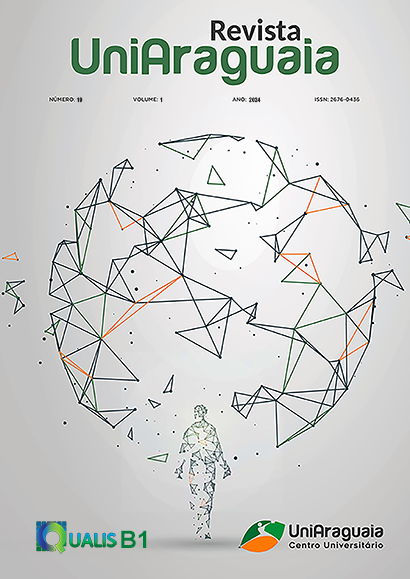EMPREGO DE CINZA DO BAGAÇO DA CANA-DE-AÇUCAR EM MATRIZES CIMENTÍCIAS: UMA REVISÃO BIBLIOMÉTRICA
Keywords:
Cimento Portland, Pozolanas, Resíduos agrícolas, Sustentabilidade, Materiais suplementaresAbstract
O processo produtivo do concreto de cimento Portland envolve considerável impacto ambiental, principalmente no que tange à emissão de gases de efeito estufa e extração de recursos naturais. Nesse sentido, diversos estudos têm sido conduzidos a fim de avaliar a aplicabilidade de subprodutos agroindustriais em matrizes cimentícias, sejam como materiais cimentícios suplementares (MCS) ou como agregados miúdos. Neste contexto, por apresentarem elevado teor de sílica amorfa, as cinzas residuais de usinas açucareiras apresentam-se como uma alternativa interessante para uso em matrizes cimentícias. Assim, a presente pesquisa apresenta o potencial de utilização da cinza do bagaço da cana-de-açúcar (CBC) na produção de matrizes cimentícias. Realizou-se nesse artigo, uma revisão bibliométrica da literatura, utilizando a string “sugar AND cane AND concrete AND sustainability”, na base de dados Scopus. Os resultados apontaram a pouca expressividade do tema no Brasil que, apesar de figurar como o maior produtor mundial de cana-de-açúcar, ainda não explora comercialmente o subproduto e pouco tem desenvolvido em estudos científicos. A principal contribuição do trabalho foi evidenciar o grande potencial de aproximação dos setores agroindustrial e da construção civil a nível nacional e regional.
Downloads
Published
Issue
Section
License
Copyright (c) 2024 REVISTA UNIARAGUAIA

This work is licensed under a Creative Commons Attribution 4.0 International License.
The copyright of the published articles will be transferred to the Uniaaraguaia Magazine, allowing its subsequent reproduction as transcription and with due citation of source. In the event of acceptance and before the publication of the article, the plaintiff (s) shall write a statement formally transferring copyright to the magazine.
The author may also print and distribute copies of his article, provided that he mentions that the rights belong to the Uniaaraguaia Magazine.
Author rights include the right to reproduce in full or partly by any means, distribute this article, including figures and photographs.
By submitting originals to the Uniaaraguaia magazine, the author or authors express agreement with the following terms:
a) Authors maintain copyright and grant Uniaraguaia magazine the right of first publication, with the work simultaneously licensed under the Creative Commons Attribution license that allows the sharing of work with recognition of the authorship and initial publication in this magazine.
b) Authors are authorized to assume additional contracts separately, for non-expiration distribution of the work version published in this magazine (eg publish in institutional repository or as book chapter), with recognition of authorship and initial publication in this journal.
c) Authors are allowed and are encouraged to publish and distribute their work online (eg in institutional repositories or on their personal page) to any point before or during the editorial process, as this can generate productive changes as well as increase the impact and citation of published work.

